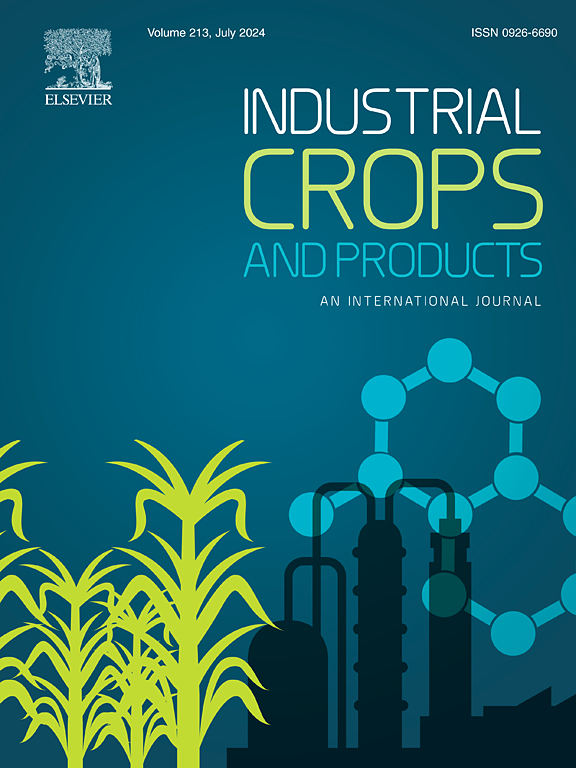Metabolomics fingerprint of three Clematis L. species by UPLC-MS/MS for geographical and varietal classification
IF 5.6
1区 农林科学
Q1 AGRICULTURAL ENGINEERING
引用次数: 0
Abstract
Clematis L. is a genus with global distribution and significant usage in traditional Chinese medicine. Traditionally, species authentication for Clematis L. has relied on morphological characteristics, but such method is susceptible to errors and lacks reproducibility. In this study, an untargeted UPLC-MS/MS-based metabolomics approach was employed to comprehensively discriminate Clematis tangutica (Maxim.) Korsh, C. intricata and Clematidis Radix et Rhizoma (CRR) from eight provinces in China. 2331 differential metabolites were identified by principal components analysis (PCA) and orthogonal partial least-squares discriminant analysis (OPLS-DA), which revealed distinct separations among the studied regions. The KEGG metabolic pathway analysis showed that flavone and flavonol biosynthesis and flavonoid biosynthesis were closely associated with geographical origin. This work established the metabolomics evidence that flavonoid biosynthesis serves as a biochemical signature of geographical adaptation in Clematis, providing a scientific foundation for precise origin traceability, resource conservation, and quality standardization of medicinal species in traditional Chinese medicine.

利用UPLC-MS/MS对三种铁线莲的代谢组学指纹图谱进行地理和品种分类
铁线莲属(clematil .)是一个分布于全球的属,具有重要的中药用途。传统的铁线莲物种鉴定方法主要依赖于形态特征,但这种方法容易出错且缺乏可重复性。本研究采用非靶向UPLC-MS/MS-based代谢组学方法对铁线莲(Clematis tangutica)进行了综合鉴别。采用主成分分析(PCA)和正交偏最小二乘判别分析(OPLS-DA)对来自中国8个省份的山楂(Korsh)、山楂(C. intricata)和铁线莲(Clematidis Radix et Rhizoma, CRR)的2331种差异代谢物进行了鉴定,结果表明不同地区之间存在明显的差异。KEGG代谢途径分析表明,黄酮类和黄酮醇类生物合成与地理来源密切相关。本工作建立了黄酮生物合成作为铁线莲地理适应性生化标志的代谢组学证据,为中药药用物种的精确溯源、资源保护和质量标准化提供了科学依据。
本文章由计算机程序翻译,如有差异,请以英文原文为准。
求助全文
约1分钟内获得全文
求助全文
来源期刊

Industrial Crops and Products
农林科学-农业工程
CiteScore
9.50
自引率
8.50%
发文量
1518
审稿时长
43 days
期刊介绍:
Industrial Crops and Products is an International Journal publishing academic and industrial research on industrial (defined as non-food/non-feed) crops and products. Papers concern both crop-oriented and bio-based materials from crops-oriented research, and should be of interest to an international audience, hypothesis driven, and where comparisons are made statistics performed.
 求助内容:
求助内容: 应助结果提醒方式:
应助结果提醒方式:


